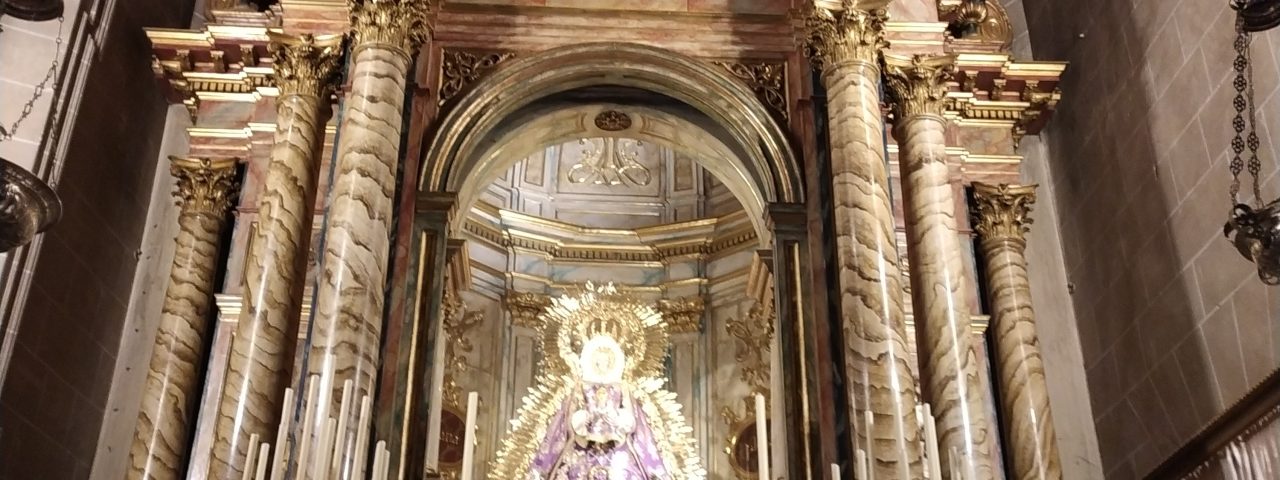Carmona’s history stretches back over 5,000 years, making it one of the oldest continuously inhabited settlements in Europe. The city was a key location for the Tartessians and later became an important Roman stronghold, evidenced by the city’s Roman necropolis and the remains of its amphitheater. During the Moorish period, Carmona flourished as a fortified city, with the impressive Alcázar de la Puerta de Sevilla standing as a testament to its Islamic heritage. After the Reconquista in the 13th century, Carmona became a thriving Christian town, adding Gothic and Renaissance architecture to its rich cultural tapestry.
The city’s cultural life is vibrant, with numerous festivals and traditions throughout the year. One of the most important is the Feria de Mayo, a traditional Andalusian fair with horse parades, flamenco dancing, and lively social gatherings. Carmona also celebrates Semana Santa (Holy Week) with religious processions that draw visitors from across the region. The city’s unique blend of Roman, Moorish, and Christian traditions is reflected in its architecture, music, and festivals, offering visitors a rich cultural experience.
Carmona’s many historical landmarks include the aforementioned Alcázar, the Roman Necropolis, and several beautifully preserved churches, such as the Church of San Pedro and the Convent of Santa Clara. These sites not only attract tourists but also serve as extraordinary venues for cultural events and celebrations.
